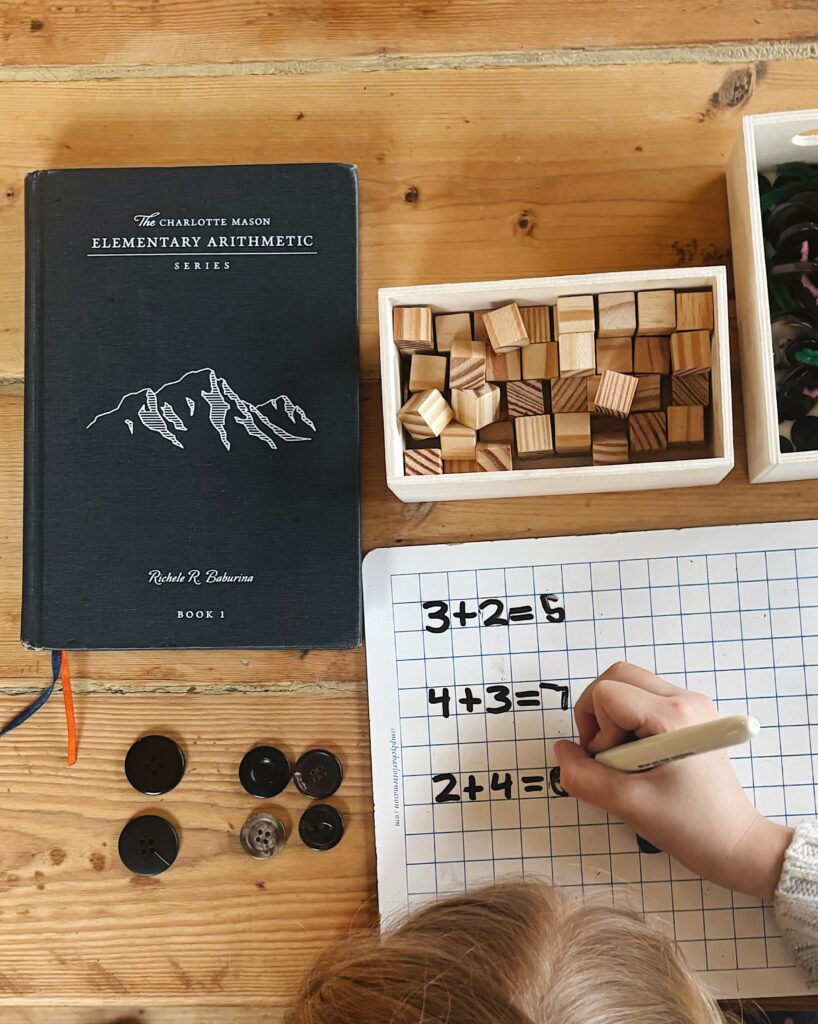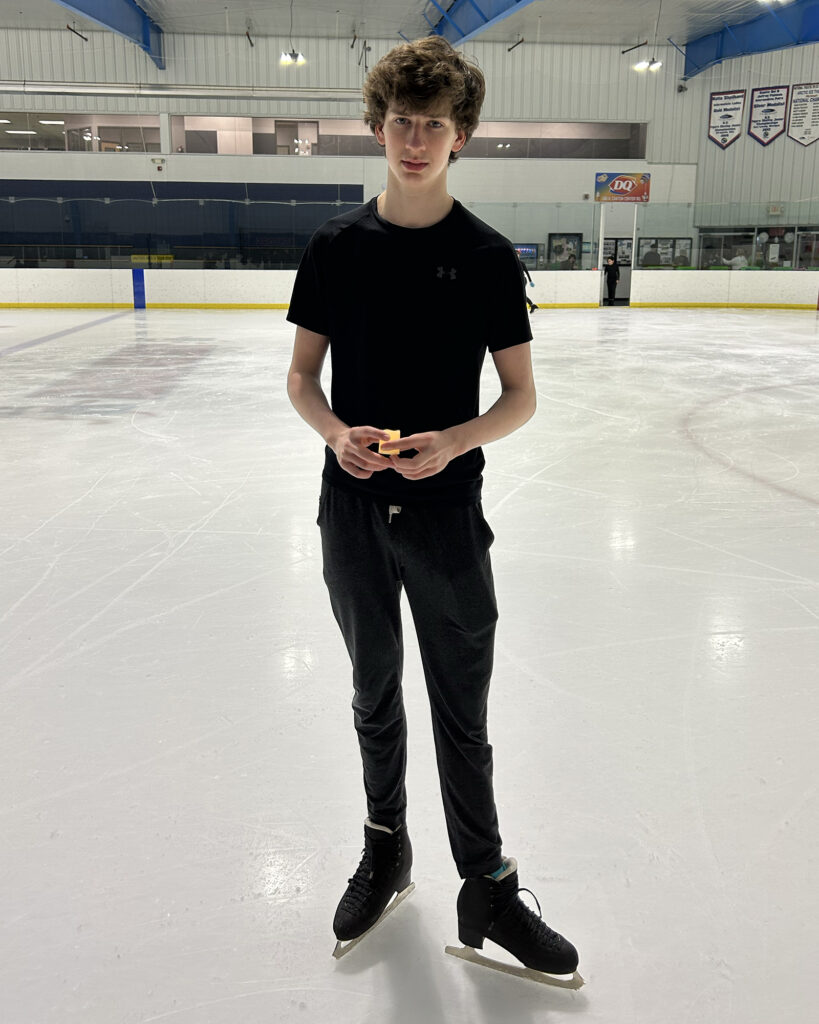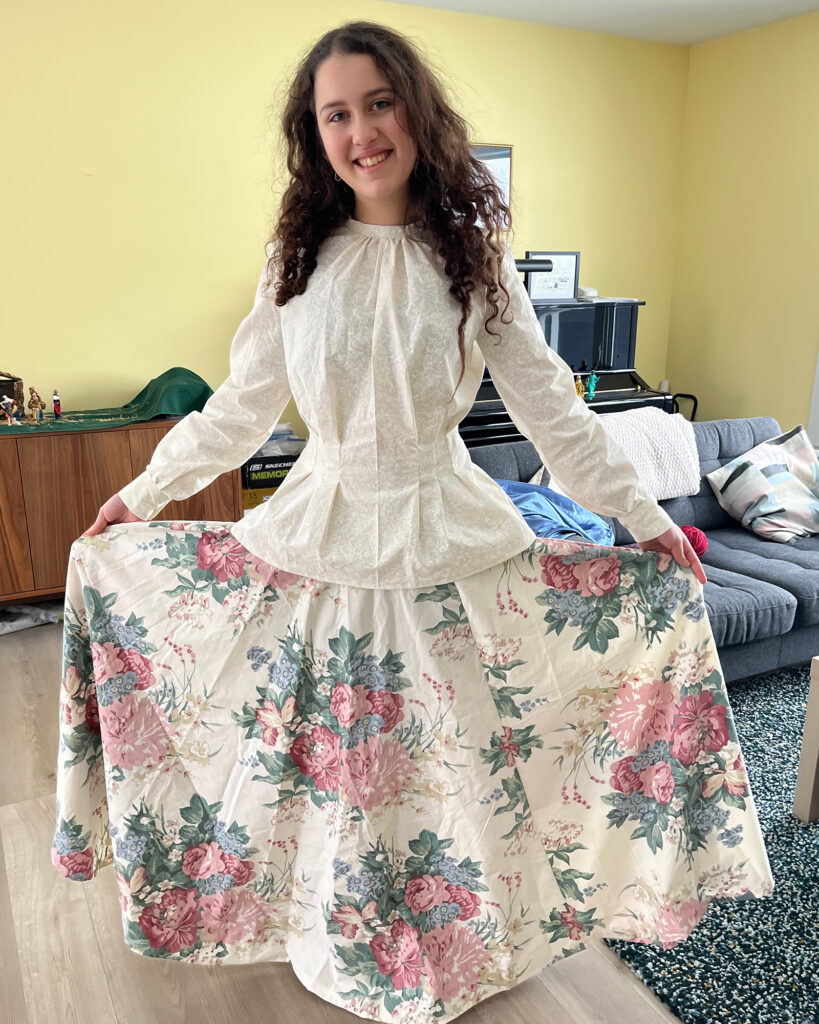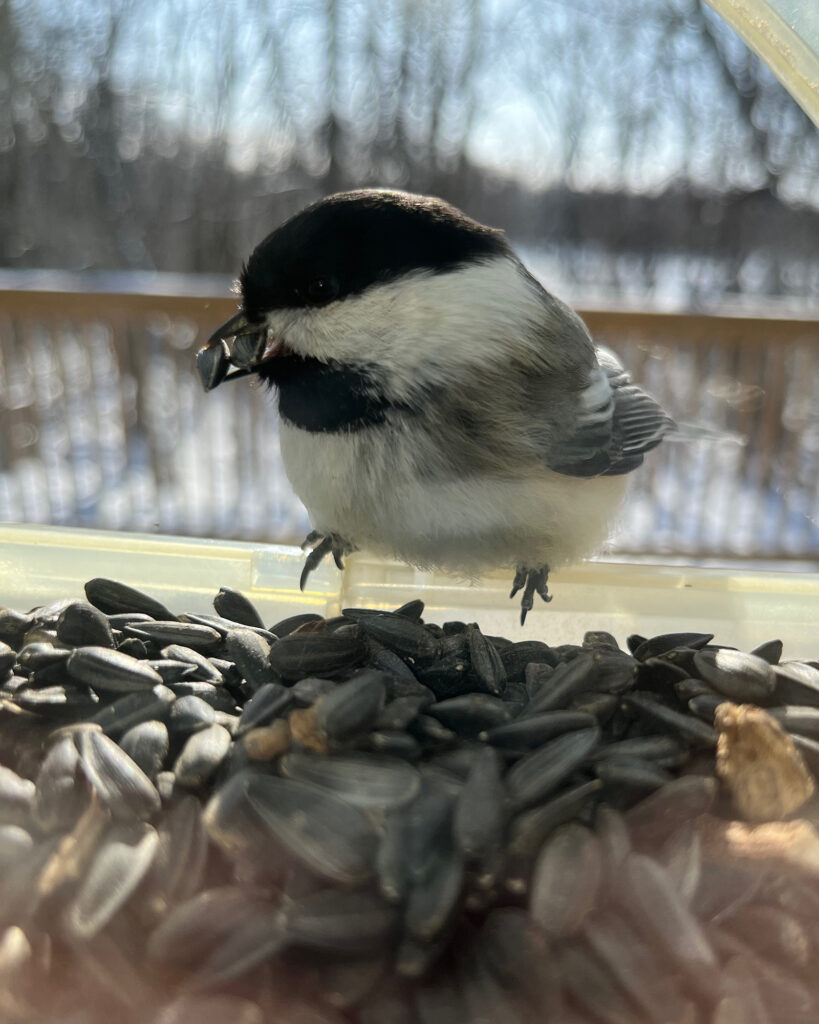The CMP Review — Week of February 3
February 3, 2025
A quick process video on how I make little notebooks with my children. We start simple—just folding and stapling paper, covering the staples with washi tape. Once they’ve mastered measuring and folding, we move on to a basic pamphlet stitch book, like the one in this video.
From there, the possibilities open up—rounding corners, perforating pages, making the books larger or smaller, adding decorative covers—many ways to personalize their books. This has been a much enjoyed activity in our home, and I hope it’s helpful for anyone looking to introduce bookbinding to their children.
@tessakeath
February 4, 2025

Two of Charlotte Mason’s twenty principles explain what she means by “the way of reason.” Her fascinating insight deals with the limitations of reason and the “chief responsibility” which rests on children as persons. It is a profound concept but one that is rarely addressed in other writings.
A notable exception is Elizabeth Cambridge’s 1935 article “Should Children Reason?” This fascinating piece, first presented at that years’ annual PNEU conference, offers keen insight into “the way of reason.” The writer’s observations range from math facts to abstract ideas and anticipate modern discussions about how to teach “critical thinking.”
This vintage article is valuable, however, not only for helping us better understand the way of reason. The deeper story behind that article is that Elizabeth Cambridge was herself a mother who had to learn what happens when children are allowed to reason. It is a powerful glimpse into a life that has a message for all parents, a message now available on the Internet for the very first time. Read or hear it here.
@artmiddlekauff
February 5, 2025
It might not surprise you that Edith Holden, author of The Country Diary of an Edwardian Lady, was homeschooled.
There were seven children in the Holden household, five girls and two boys, with the girls all educated at home by their mother. Four of the girls went on to study and work in the arts. In my latest reading of Edith’s nature journal (granted, I usually just look at her beautiful watercolor illustrations), tucked between Shakespeare and Elizabeth Barrett Browning, I found an original poem by Edith’s sister, Effie Margaret Holden!
Turn audio on to hear “A Song of Salutation” by poet E. M. Holden.
@rbaburina
February 6, 2025

When my youngest son was born, his brother and sister had been skating for years. I like to say that he grew up in the rink. Having breathed that atmosphere almost since birth, it seemed inevitable that he would become a figure skater too.
But he brought his own individuality to the sport. He was making his own way. I could support, I could advise, but I could not direct. He had his own dream. And all these years later, he still does.
His dream took him to Wichita, Kansas to compete in his first national championships. After his event he enjoyed watching in the stands with other young skaters and absorbing the moment. They cheered together. They roamed together. They played together.
As we were leaving, National Development Camp was beginning. Wiles left some of his fellow athletes behind in Wichita. None of us knew he would never see them again.
On Monday, skaters from around the country held a special vigil for the 28 members of the figure skating community that lost their lives on January 29. It was time to celebrate the beauty of their achievements and the tragedy of their departure. And a time to remember that every life is both fragile and precious, as fragile and precious as a dream.
@artmiddlekauff
February 7, 2025

Serafina made herself a skirt to go with her homemade blouse!
Isn’t it so pretty?!?
Are you or your family members working on any sewing projects?
@antonella.f.greco
February 8, 2025

These chickadees never fail to entertain us.
Serafina was up close, taking photos through the window, when she caught this little guy with two seeds in his beak!
@antonella.f.greco
February 9, 2025

One of the most profound poems by Charlotte Mason is called “Of the single eye.” It is based on a verse from Matthew that is difficult to interpret: “The lamp of the body is the eye. If therefore your eye is good, your whole body will be full of light” (6:22).
Years ago Nancy Kelly helped me understand Mason’s interpretation of that verse. In “Of the single eye,” Mason suggests that the eye really is a lamp that illuminates what we choose look at. “The things so dazzled thee, ’twas not their light, But an illusive brilliance cast by thee;” writes Mason.
The idea is that things are only as valuable or as desirable as we ourselves make them. In the Gospel of Luke, Jesus says, “Take heed and beware of covetousness, for one’s life does not consist in the abundance of the things he possesses” (12:15). When Mason writes on that verse, it is not surprising that she returns to her theme. “Your mind makes its own values,” she warns.
Read or listen to Mason’s poem entitled “Possessions,” which is in many respects a sequel to “Of the single eye.” The poem offers solemn reflection for you and those in your care. Find it here.
@artmiddlekauff